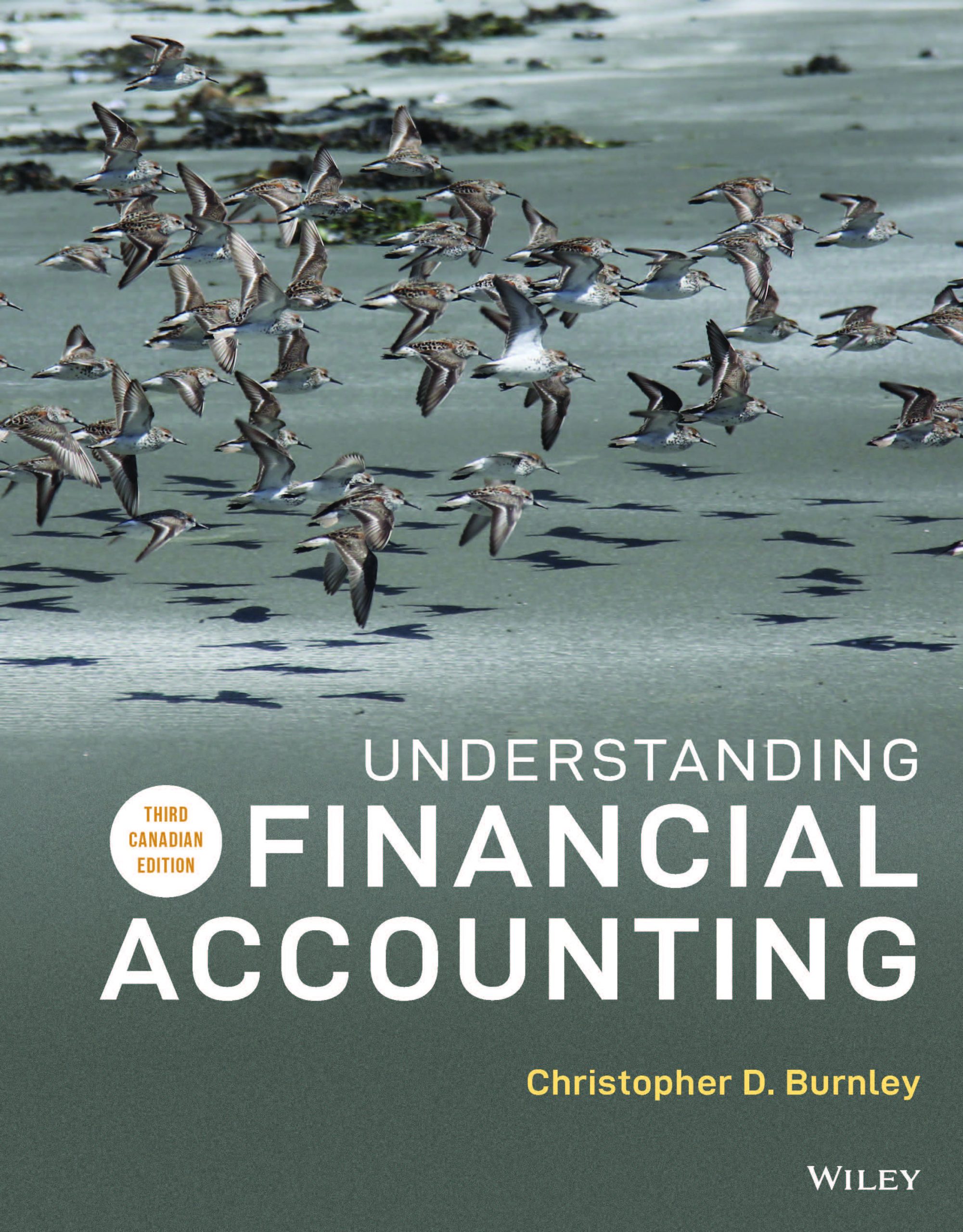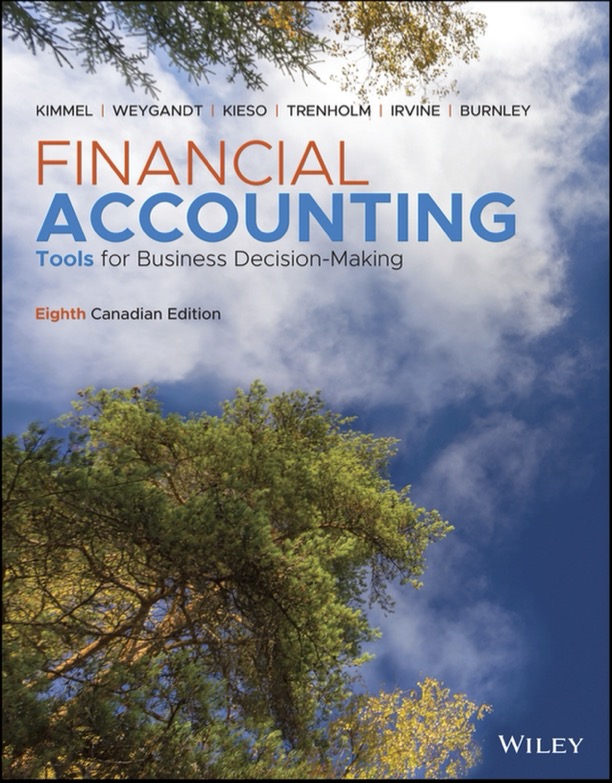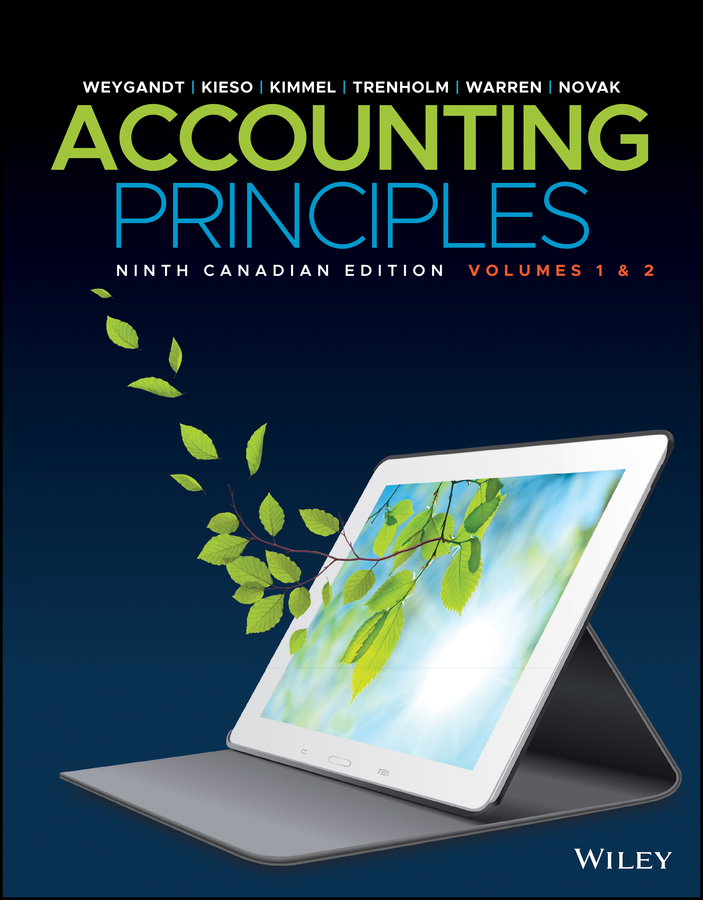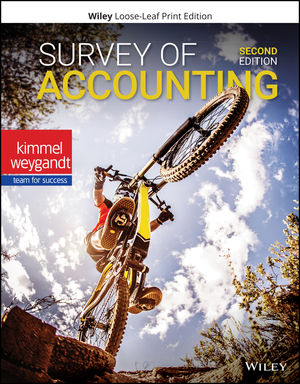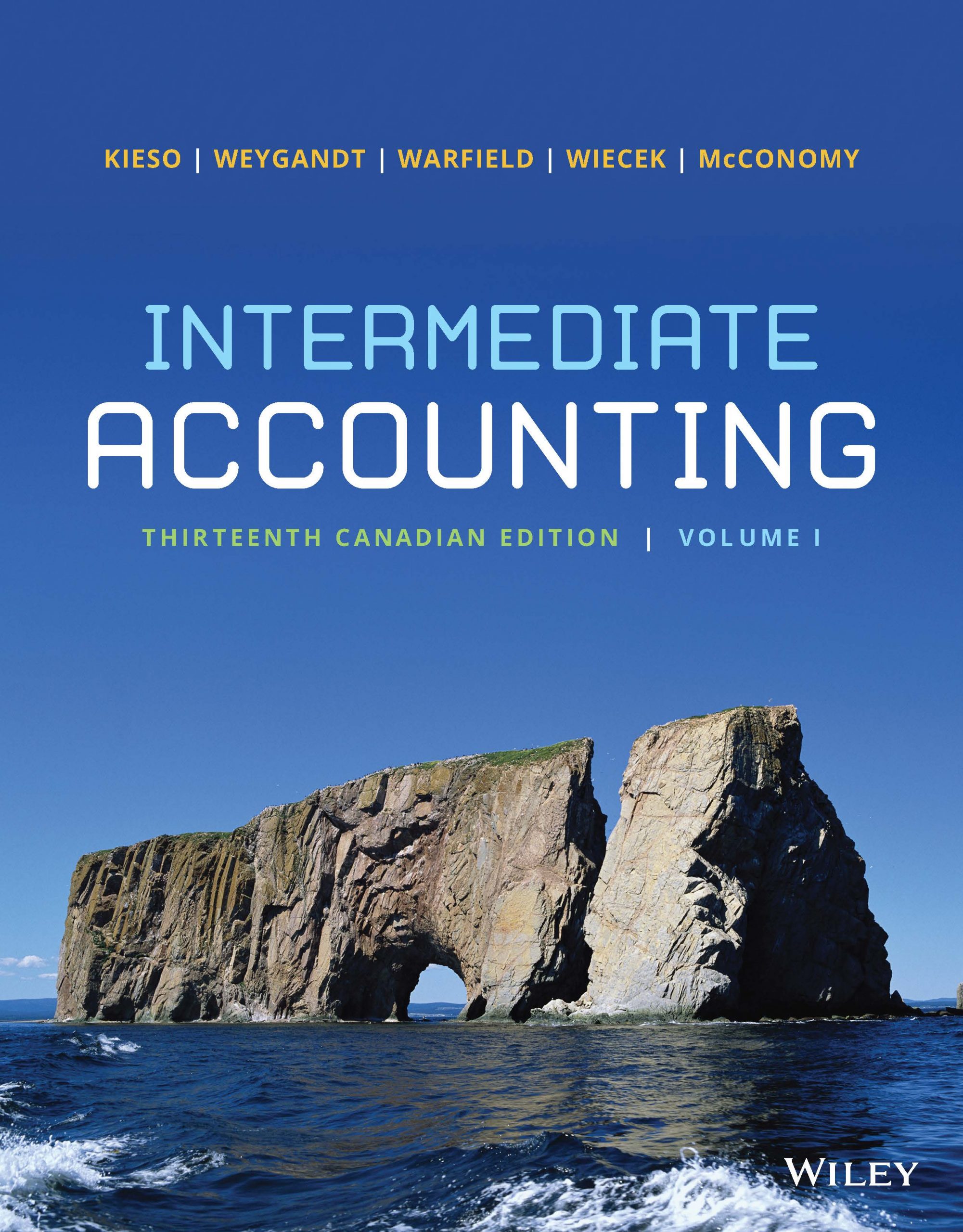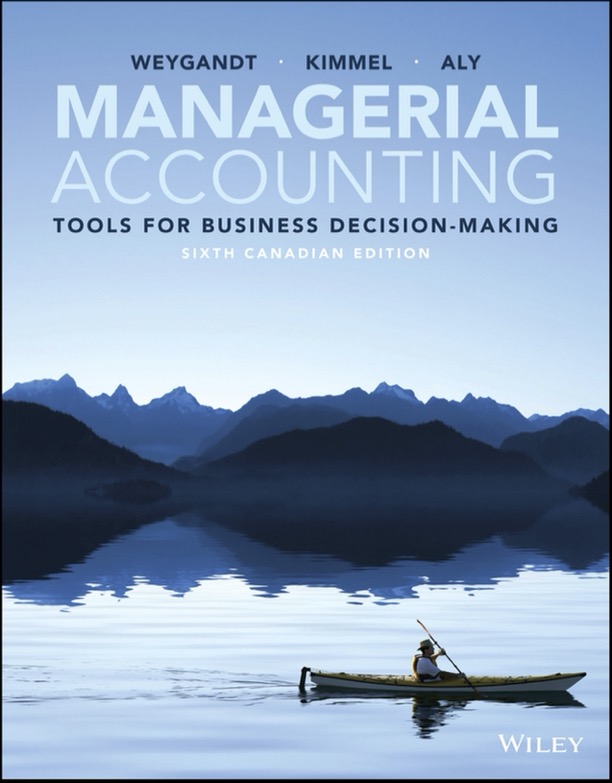Description: Is the new Apple credit card sexist? Apple co-founder Steve Wozniak thinks so. Though he shares bank accounts with his wife, Woz said he was given ten times the credit limit she was. Some have claimed that the new card is exhibiting gender bias by granting higher levels of credit to males. Goldman Sachs, the financial firm behind the platinum card, says that there is no gender bias.
Date: November 11, 2019
Source: nypost.com
Link: https://nypost.com/2019/11/10/steve-wozniak-agrees-with-critics-who-say-apple-card-is-sexist/
Discussion points:
1) Have you ever been refused for a credit card or granted a lower credit limit than you applied for? What happened?
2) Why do you think this discrepancy between males and females may be happening with these Apple credit cards?
3) Starting on page 430 of Wiley’s Financial Accounting: Tools for Business Decision-Making, you can read the principles of sound accounts receivable management. Which one of these principles may be involved with this story?

